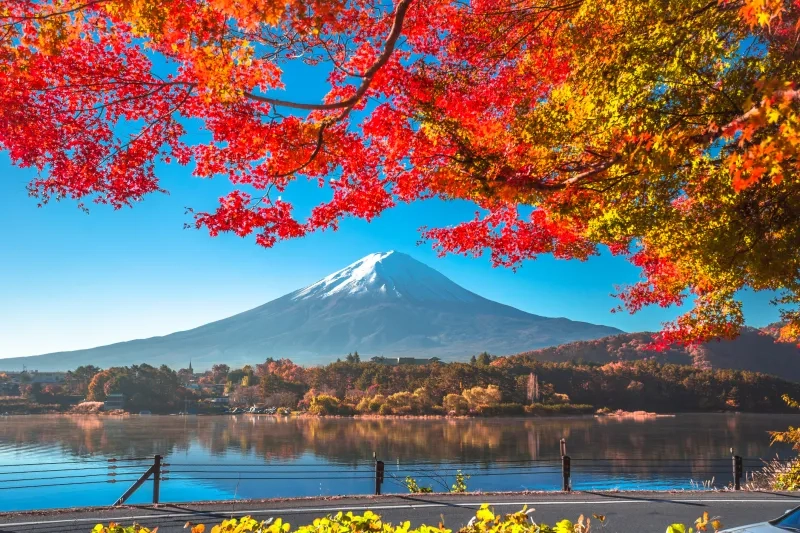
What to know before your first trip to Japan
4 Minute Read
From the tightly packed streets of Tokyo to the sizzling aromas of Osaka and tranquil ambience of the countryside - Japan, the Land of the Rising Sun, is a dream destination that brings foodies, fashionistas, history buffs, anime-lovers and everyone in between together into its sunny coasts.
Japan’s rich cultural complexity means there’s truly something for everyone, but you’ll need to do some planning before you go. From general travel tips to advice on cultural norms, here's an essential guide to planning your first Japan trip
What to know before you take off
Before you take off, there are a few boxes you’ll want to tick.
While Canadians do not require a visa to enter Japan for up to 90 days, you must fill out your immigration and customs declarations. These forms are easily accessible when creating an account on the Visit Japan website. While you technically do not need to complete these before arrival, visitors who haven’t will need to take time upon arrival.
The following item to consider is getting an eSIM. As someone who previously bought physical travel SIMs upon arrival, nabbing an e-sim before my Japan trip was a real game changer. Services like Sakura mobile and Airolo provide packages suited to any travel needs.

Japan sees a massive amount of tourism, and it is highly recommended that people purchase tickets for major attractions in advance. Hot spots like Universal Studios Japan, The Ghibli Museum and the Shibuya Sky lookout are often fully booked months out. Even beyond the top spots, many secondary attractions fill up, meaning that a carefully structured itinerary and some pre-booked tickets can make a massive difference.
When finalizing your itinerary, knowing that Japan has a comprehensive system for shipping luggage between hotels is essential. Several services offer cheap transportation to bring your bags right where they need to be, so there is no need to overthink those extra baggage costs when moving between hubs.
Getting around
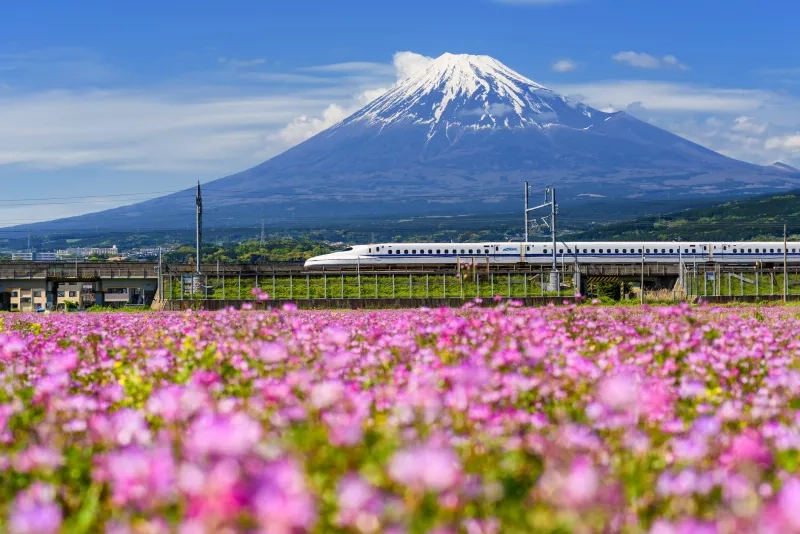
Japan is world-famous for its complex rail structure; using it can be one of the highlights of your trip. From city commuter lines to regional trams, Japan has it all, held together by the backbone of the JR network, including its high-speed bullet trains. The JR network is an unbelievable asset for tourists, allowing you to get from the clamour of the neon-clad city to the tranquillity of a forest shrine, all without ever needing a car.
Tourists can get a JR Rail Pass, which gives them unlimited seasonal access to JR trains in the entire network or a specific region of Japan at a lower price.
Best times to visit
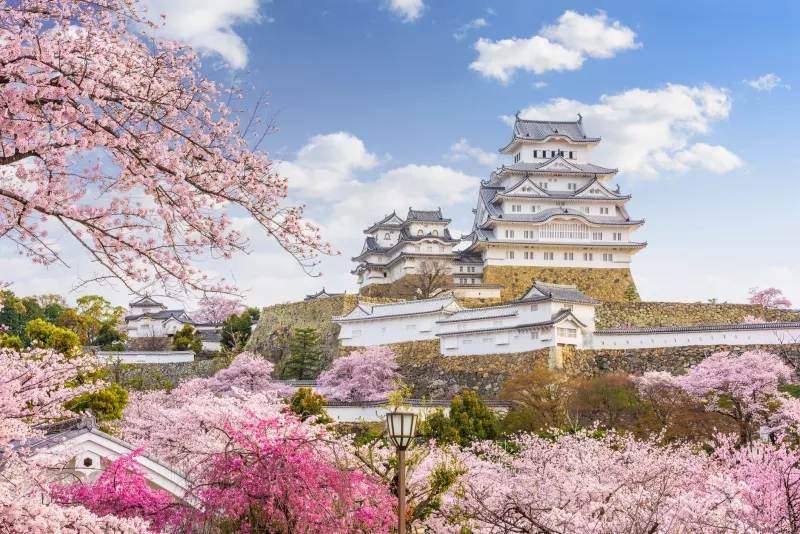
Japan is beautiful year-round, but some seasons may suit your travel plans better.
With mild winters and scorching summers, most tourists plan their trips in the relatively refreshing autumn and spring months. Summer is best avoided, unless you don’t mind the heat, as the average temperature is a humid 30C.
The most popular time to visit is during cherry blossom season in late March through April, when the cherry trees blossom in all their pink-hued splendour. However, during this time, massive crowds of locals and tourists throughout the country are expected, and the price of hotels will dramatically increase.
Japan is a vast country with great climatic diversity between regions, ranging from the frosty foothills of Hokkaido in the north to the tropical beaches of Okinawa in the south. Winter-sport lovers may prefer Hokkaido’s winter, boasting some of the world’s finest skiing conditions and a pleasant average temperature between -3 °C and -10 °C.
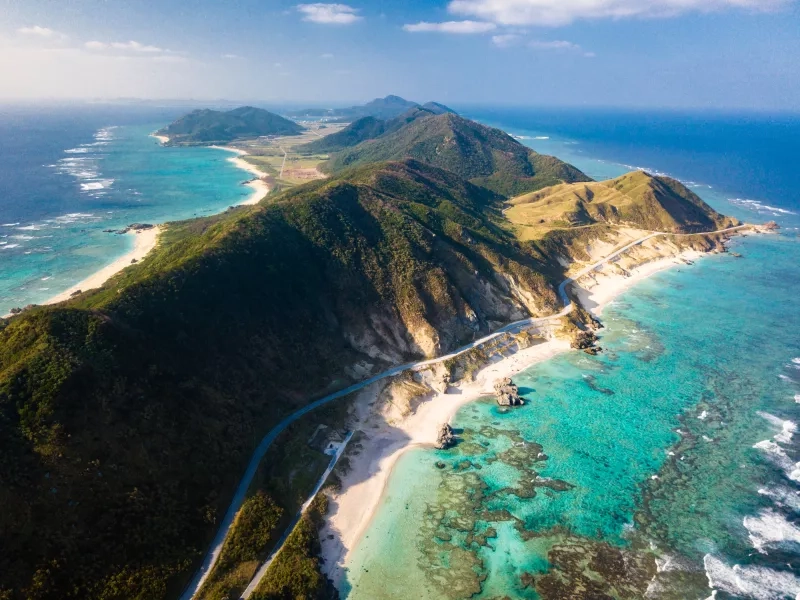
On the other hand, Okinawa maintains tropical heat year-round, reaching 30 °C as late as October and staying around 20 °C throughout winter.
Eating out
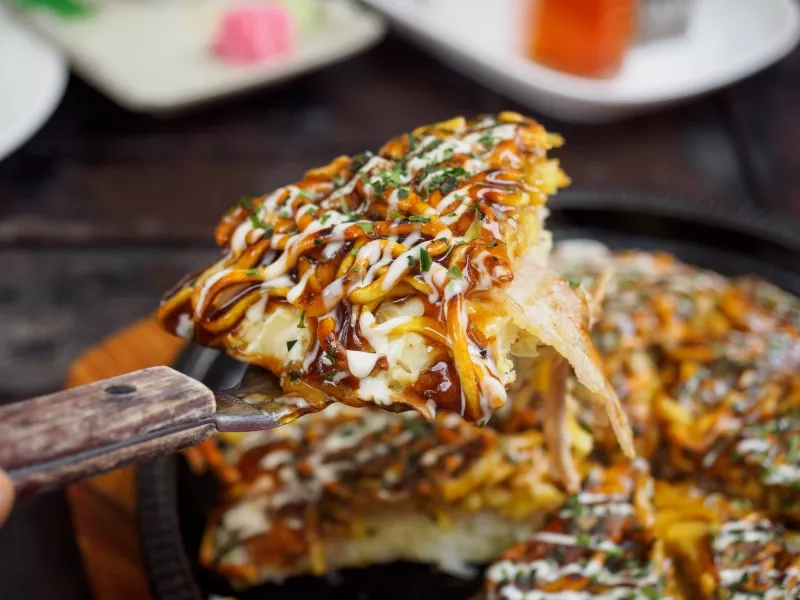
The culinary scene in Japan is second to none, be it sushi, okonomiyaki (a savoury cabbage pancake) or ramen. However, there is some etiquette to remember before placing your order.
There’s no tipping in Japan, no matter how great the service. Additionally, you may want to brush up on your chopstick skills if they are rusty, as many restaurants will not provide Western utensils.
The general flow of the dining experience is similar to anywhere, but it doesn’t hurt to say arigato (thank you) for politeness.
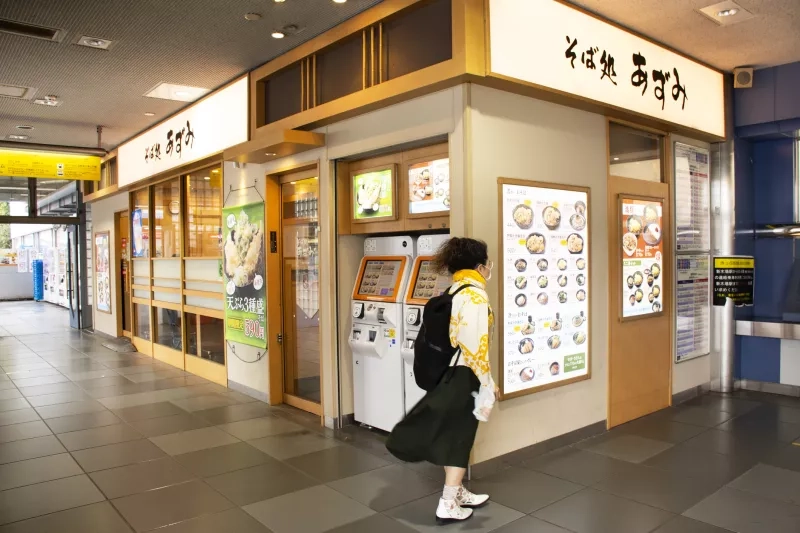
One distinct note is that in some cheaper restaurants, especially ramen spots, ordering is done by buying a ticket from a vending machine and then handing it to the cook to be prepared.
Cultural tips
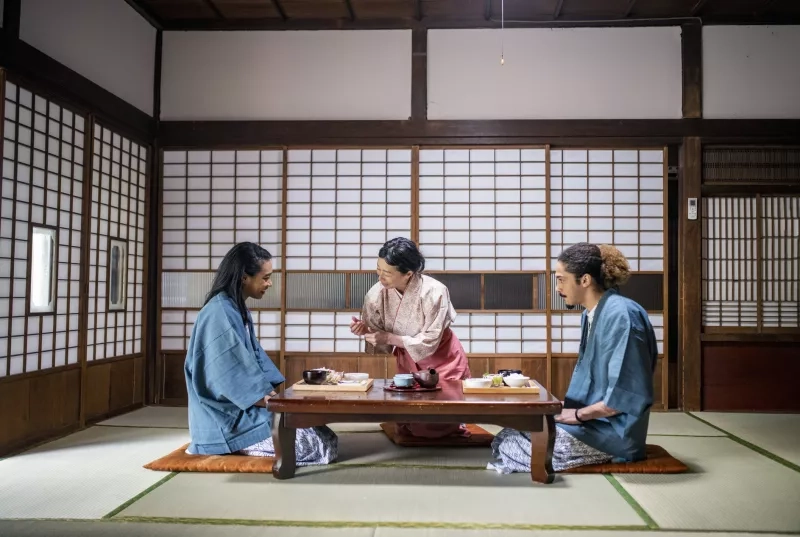
Proper social etiquette is a cornerstone of Japanese culture, where many unspoken rules dictate appropriate behaviour in polite society.
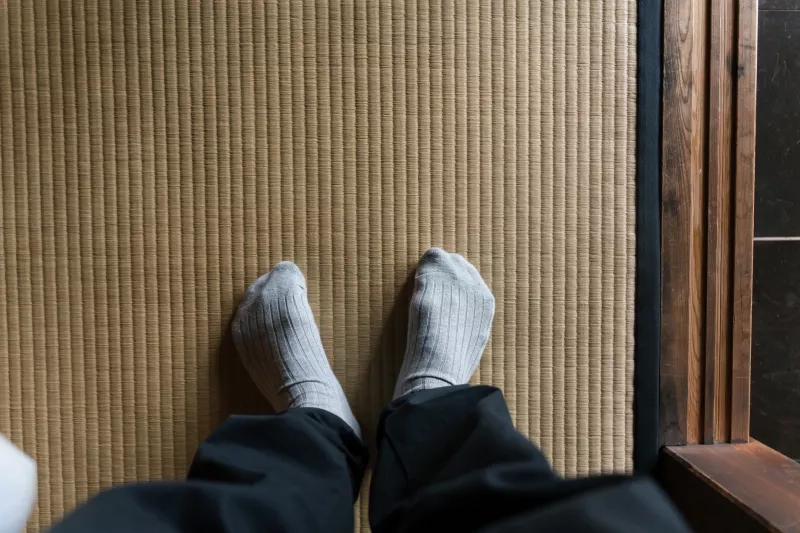
Firstly, bowing as a greeting and show of respect is common and generally a polite gesture. You will also be expected to remove your shoes in homes, temples, restaurants and even the changing areas of clothing stores - so be sure to pack shoes that are easy to slip on and off.
When paying with cash, you should place the bills in the tray provided and never hand them directly to the cashier. While a far cry from the West, it is also important to silence your phone and abstain from making calls or loudly talking on public transportation.
You'll also want to learn some basic Japanese before arrival. Beyond being a solid gesture of respect, it can massively enrich your trip, especially if you plan to leave the major cities and venture into the countryside, where English fluency is uncommon. It is also a good idea to download an app like Google Translate to help you read menus and signs.
Plan your trip to Japan
Book an appointment with a CAA Travel Consultant today to start planning your adventure.




